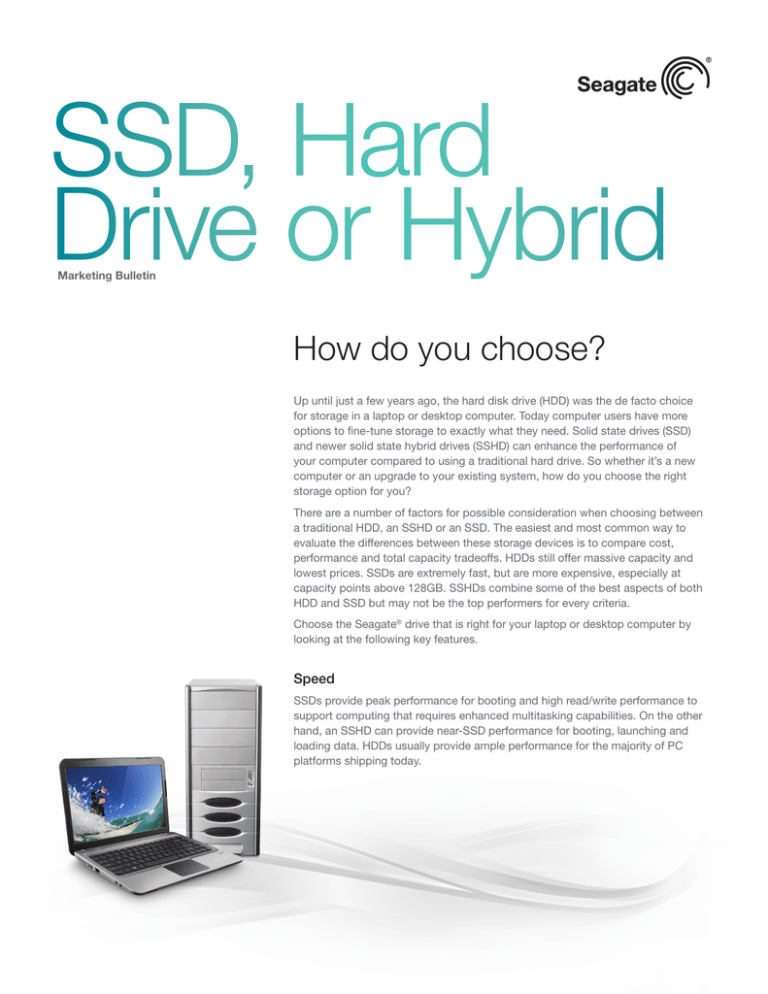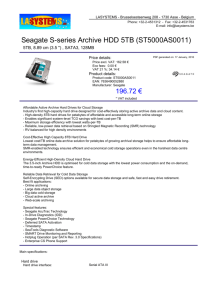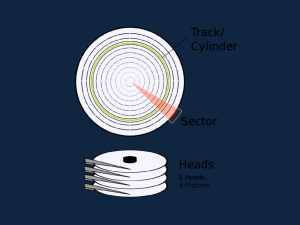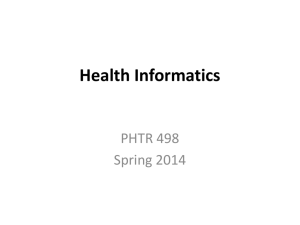
SSD, Hard
Drive or Hybrid
Marketing Bulletin
How do you choose?
Up until just a few years ago, the hard disk drive (HDD) was the de facto choice
for storage in a laptop or desktop computer. Today computer users have more
options to fine-tune storage to exactly what they need. Solid state drives (SSD)
and newer solid state hybrid drives (SSHD) can enhance the performance of
your computer compared to using a traditional hard drive. So whether it’s a new
computer or an upgrade to your existing system, how do you choose the right
storage option for you?
There are a number of factors for possible consideration when choosing between
a traditional HDD, an SSHD or an SSD. The easiest and most common way to
evaluate the differences between these storage devices is to compare cost,
performance and total capacity tradeoffs. HDDs still offer massive capacity and
lowest prices. SSDs are extremely fast, but are more expensive, especially at
capacity points above 128GB. SSHDs combine some of the best aspects of both
HDD and SSD but may not be the top performers for every criteria.
Choose the Seagate® drive that is right for your laptop or desktop computer by
looking at the following key features.
Speed
SSDs provide peak performance for booting and high read/write performance to
support computing that requires enhanced multitasking capabilities. On the other
hand, an SSHD can provide near-SSD performance for booting, launching and
loading data. HDDs usually provide ample performance for the majority of PC
platforms shipping today.
SSD, Hard Drive or Hybrid
Capacity
Durability
HDDs are still the workhorses when it comes to sheer capacity
and the amount of data that can be stored. SSHD technology
also offers large capacity points at affordable price points.
SSDs are available at various capacity points, but are more
expensive above 240GB.
SSDs are viewed as more durable simply because of their
solid state design. But practically speaking, other components
in a laptop or desktop, such as the display or processor,
are more likely to be damaged due to shock, damage or
temperature extremes.
Price
Battery Life
At a system level, low-capacity SSDs, such as those in the
32GB to 240GB range, can be affordable. But higher-capacity
SSDs are more expensive, especially when measured by cost
per gigabyte. HDDs provide the lowest cost per gigabyte.
SSHDs provide a cost per gigabyte that’s just slightly higher
than HDDs.
In general, storage has minimal impact on battery life in a
laptop computer—less than 10% of overall system power
usage. The display and processor are much more significant.
When compared, SSD is the most power-efficient, with SSHD
and HDD following close behind.
Summary
Reliability
Failure rates for the three technologies have very similar
ratings. However, SSHD has the potential to demonstrate
improved reliability, as the combined use of SSD and HDD
in an integrated system can draw on the strengths of each.
Thinking through all of these criteria can definitely help you
prioritize your needs for storage and ultimately help you make
a decision that will set your mind at ease and result in a great
experience with your next computer.
Form Factor
SSD products are not limited by the spinning platters used by
HDD and SSHD products, so they have the most flexibility in
terms of physical size. For standard laptops and Ultrabooks,
SSDs are available in 5mm and 7mm heights. HDDs and
SSHDs are available in standard 7mm and 9.5mm designs,
and 5mm designs will be available in 2013.
Laptop Storage Selection Criteria
Speed
Capacity
Price
Reliability
Form Factor
Durability
Battery Life
HDD
SSHD
SSD
KEY:
= Good
= Better
= Best
www.seagate.com
AMERICAS
ASIA/PACIFIC
EUROPE, MIDDLE EAST AND AFRICA
Seagate Technology LLC 10200 South De Anza Boulevard, Cupertino, California 95014, United States, 408-658-1000
Seagate Singapore International Headquarters Pte. Ltd. 7000 Ang Mo Kio Avenue 5, Singapore 569877, 65-6485-3888
Seagate Technology SAS 16–18, rue du Dôme, 92100 Boulogne-Billancourt, France, 33 1-4186 10 00
© 2013 Seagate Technology LLC. All rights reserved. Printed in USA. Seagate, Seagate Technology and the Wave logo are registered trademarks of Seagate Technology LLC in the United States and/or other
countries. All other trademarks or registered trademarks are the property of their respective owners. When referring to drive capacity, one gigabyte, or GB, equals one billion bytes and one terabyte, or TB,
equals one trillion bytes. Your computer’s operating system may use a different standard of measurement and report a lower capacity. In addition, some of the listed capacity is used for formatting and other
functions, and thus will not be available for data storage. Seagate reserves the right to change, without notice, product offerings or specifications. MB627.1-1303US, March 2013



